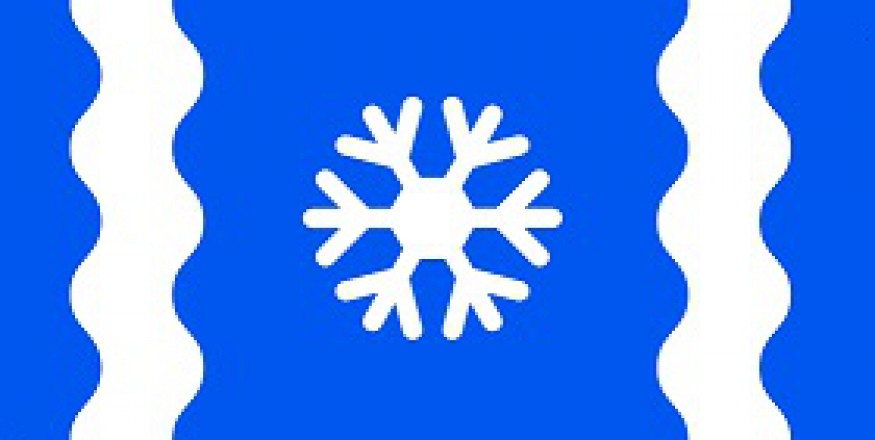In December of 1889, Merle's main hospital had discovered that their batch of Diphtheria Antitoxins had expired. Upon discovering this, they networked with other health centers in Merle and found they all had a similar problem. What had happened was in response to the Diphtheria Epidemic of 1870, the hospitals had all ordered extra serum to deal with the mass outbreak. As it petered out, they didn't use their stock and it sat in storage for the next nearly twenty years. Upon discovering the shortage, the doctors ordered more originally from Blizzaria. However, Gerrin Pass had been snowed in and would take days to clear. As Gen-Kha-Ra (Family Week) approached, and Merle received word that the shipments from Blizzaria stalled, the thought was given to simply wait out the winter storms.
In the meantime, doctors had diagnosed a few children with what was originally believed to be tonsillitis. Diphtheria was dismissed as doctors thought it would be more contagious, and especially during Family Week when city populations were closer together, and more symptoms would be showing. Critically, during the week of Common New Year, when the storms subsided, the medicine that had been ordered from Blizzaria was not followed up on as they had decided to wait out the winter. Delivery methods would also be closed for New Years, which would have resulted in delays regardless and so they failed to act upon its delivery.
In Mid-January, a week before Xelhan New Year, the first official case of Diphtheria was identified. This was swiftly followed by at least twenty others in the span of twenty four hours. As more children fell ill, the doctors realized they had an outbreak in Merle. When they communicated this to others in the rest of Xelha, there had been no reports of unusually high activity. Attempts were made to use the expired batches on the sick children, but they only seemed to hasten the demise of the children's conditions and at least ten deaths were reported. On 16 January 1890, Merle's Chief Medical Officer, Sami Hyppa, declared an emergency and petitioned for an emergency batch of antitoxins to be procured. In addition, Merle went into Quarantine, meaning people were forced to stay indoors, to prevent spread of the disease.
Usually, this would have arrived by train, but a severe Nor-Easter prevented trains from running. Combined with heavy snowfall, the shipment from Blizzaria was once again unable to move. An attempt was made to ship from Raine City, however ice had frozen the area about halfway up to Merle and iceburgs made traveling extremely treacherous. The water on the Jorg Bay side was even more treacherous with almost complete water frozen. Planes were not yet an option, though as historians all agree, the weather would have been too terrible for them to fly from Blizzaria.
It was then decided that a dogsled team would relay the medicine to the sickened city. A sled team lead by a musher named Anko Mint and his faithful Husky leader named Minka. They were selected largely on reputation and having won several dog racing challenges. Anko almost did not take the job as he deemed it risky to himself and his dogs, but the Department of Health promised an additional cash bonus for doing it, which he accepted after a brief discussion with his wife.
Anko left Mystral at 3AM on 20th January 1890. Mint would later say that visibility was so poor for most of the run that he could hardly see his lead dog. However, he had faith in Minka that they were following the trail. Winds were a major issue as well, dropping windchill as low as -50C and threatening to blow him off course several times. His team ran for almost three days straight, arriving in Merle 22 January at 10PM. Mint had frostbite on both his hands and face, but the medicine arrived fully intact, though it required six hours of sitting next to a fire to thaw out and be fully ready to use.
By this time, at least thirty deaths had been reported in connection to the outbreak, but the arrival of the antitoxin helped to stall and eventually alleviate the epidemic. Mint and his entire dog team were awarded the Queen's Cross for their run and Merle eventually built a statue on the site where Minka "crossed the finish line" of their epic delivery.
This outbreak would lead to better checks of hospital equipment and medicines. Instead of just checking for supplies, they would also check for expiration dates and keep track of old stock. It would also lead to the beginnings of Xelha's Mandatory Medicine List, to which Diphtheria Antitoxin still remains part of. This surprise outbreak also showed the worth of a medical network and instead of operating on the provincial level, encouraged networking on the national level to prevent shortages from occurring as well as quickly identifying were extra stocks could be moved to cover other parts of the country. Another major development this brought about was the hastening of designs for sea going ice breakers. Before this incident, ice breakers were not thought of very much and the only one in Xelha at the time operated mostly on the Nami River. Another advancement in technology it brought along was heated railroad tracks. This prevented ice from forming on the tracks and kept them operational, even in more remote areas of Numeria.316Please respect copyright.PENANAGe6GJ8ZzKO






















